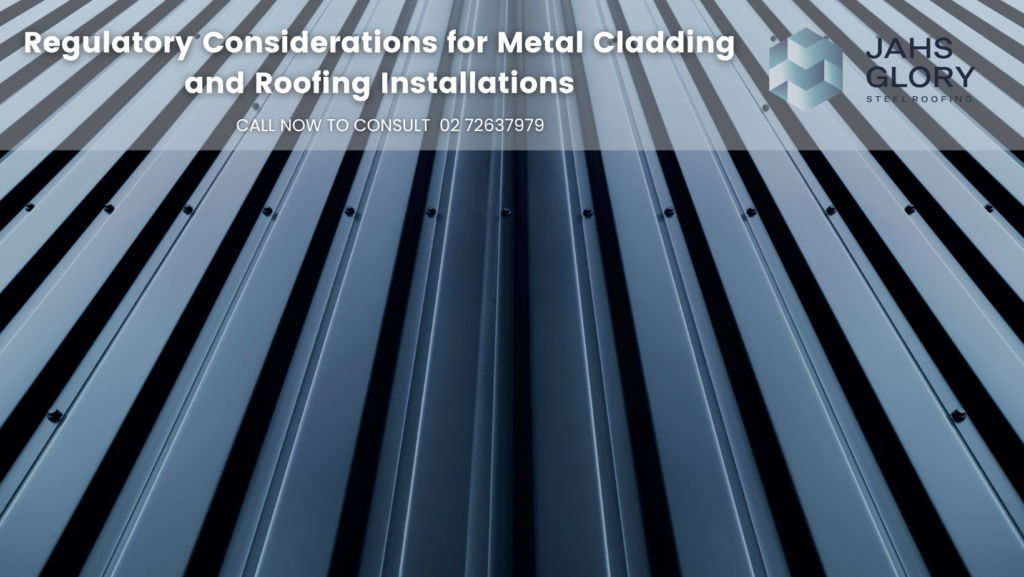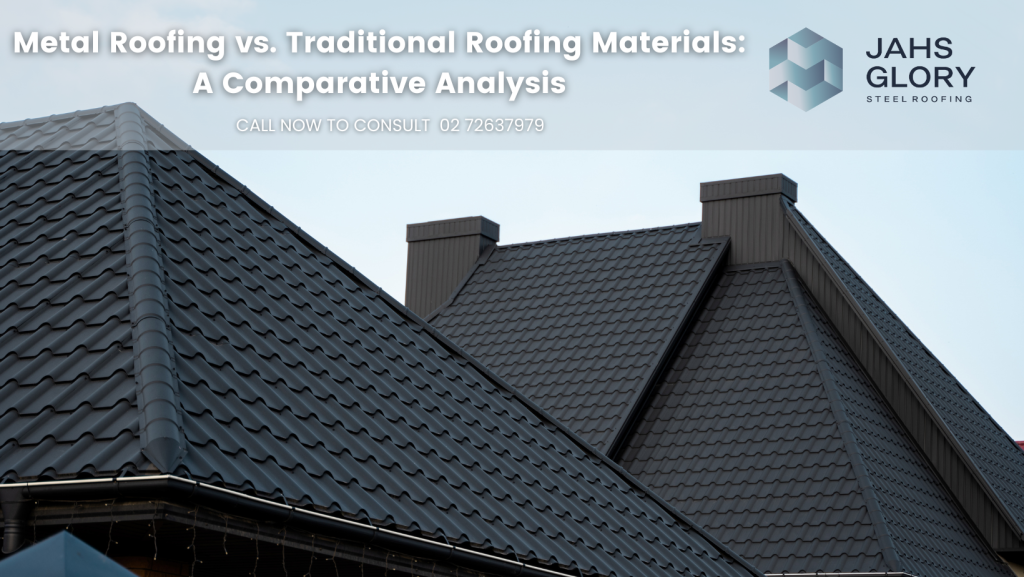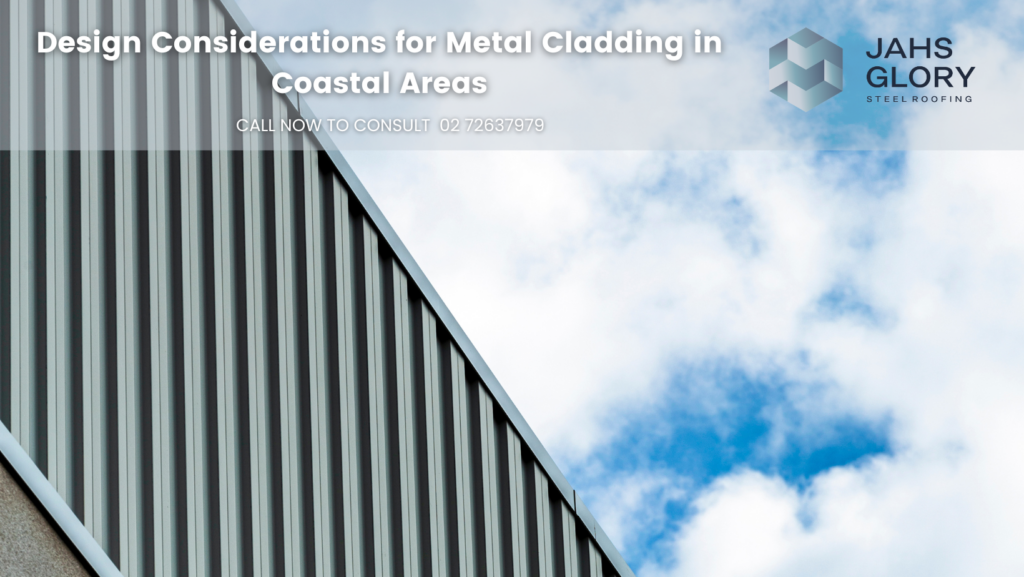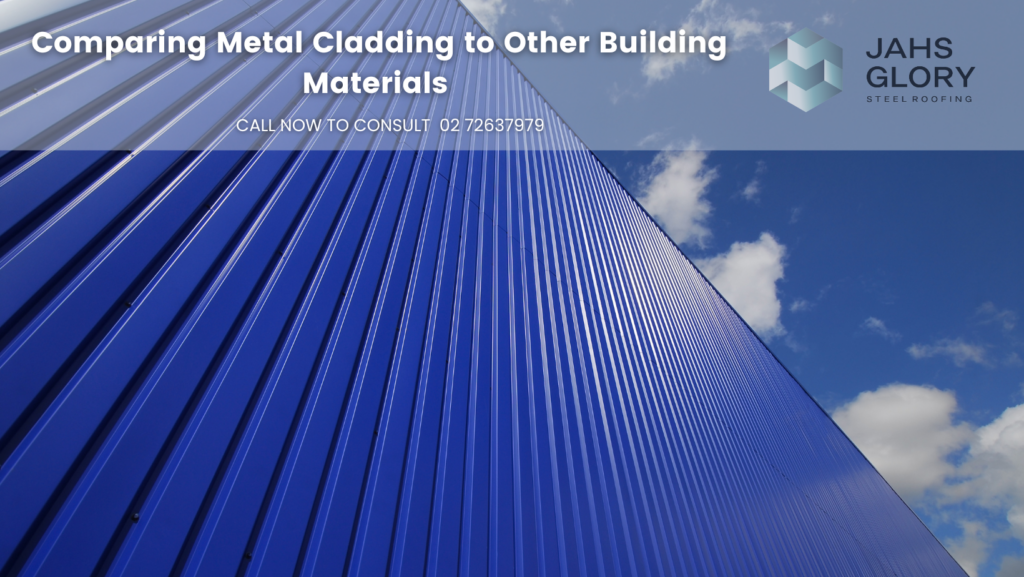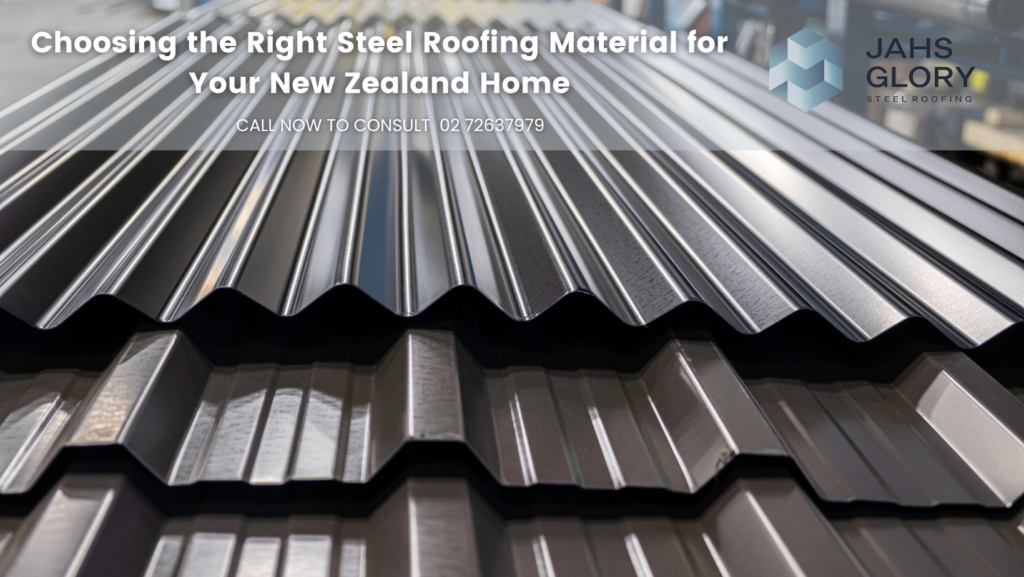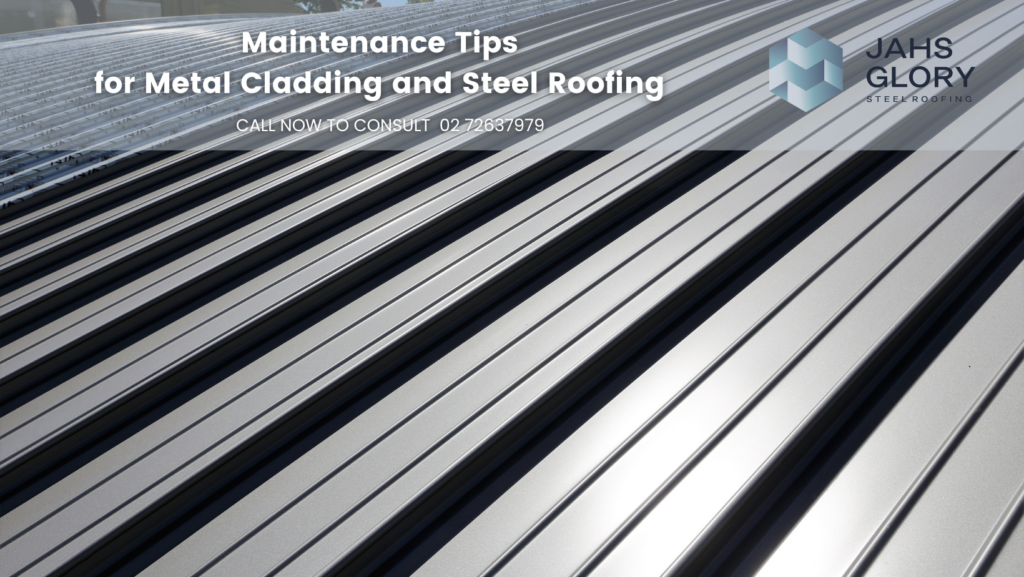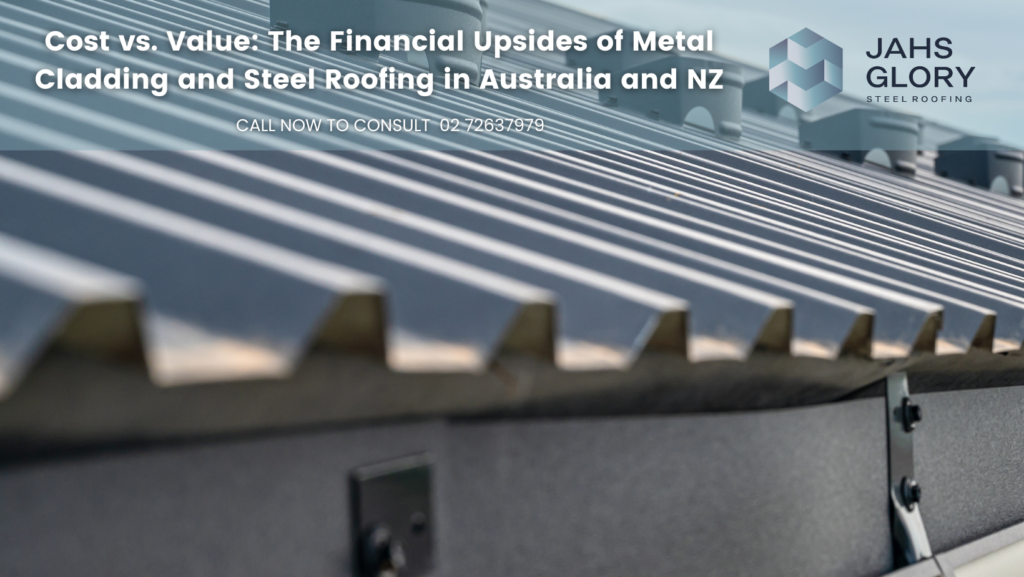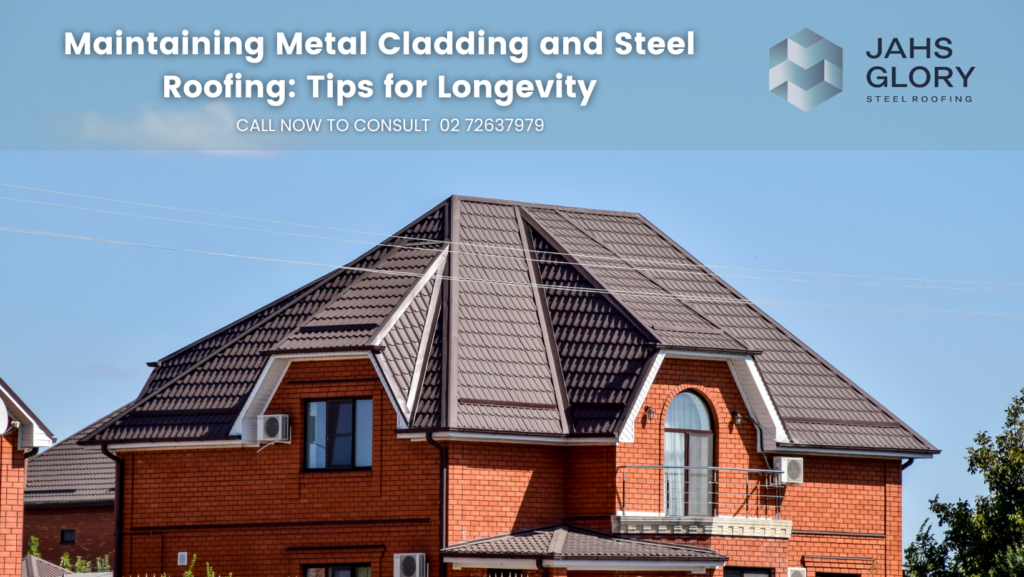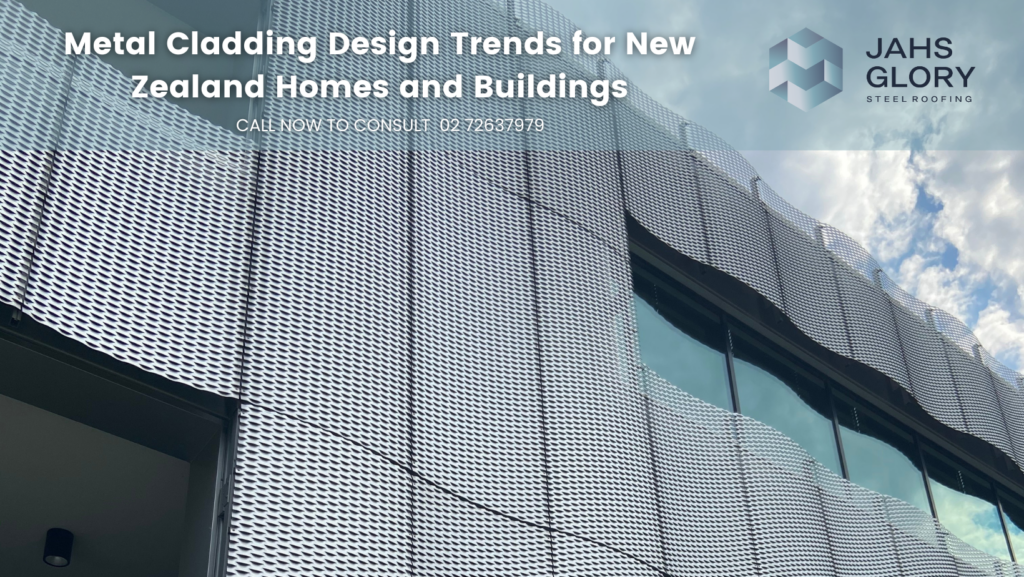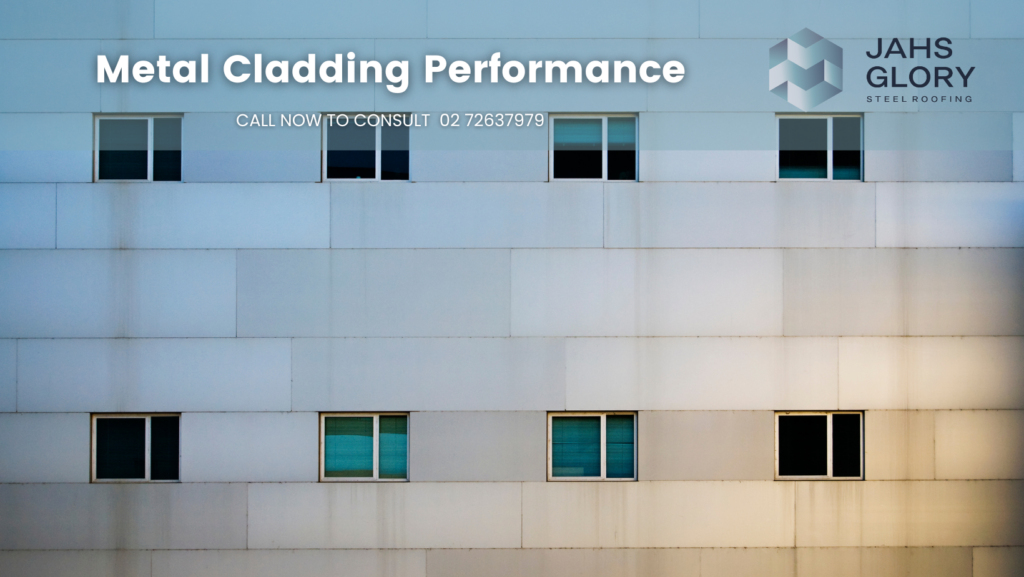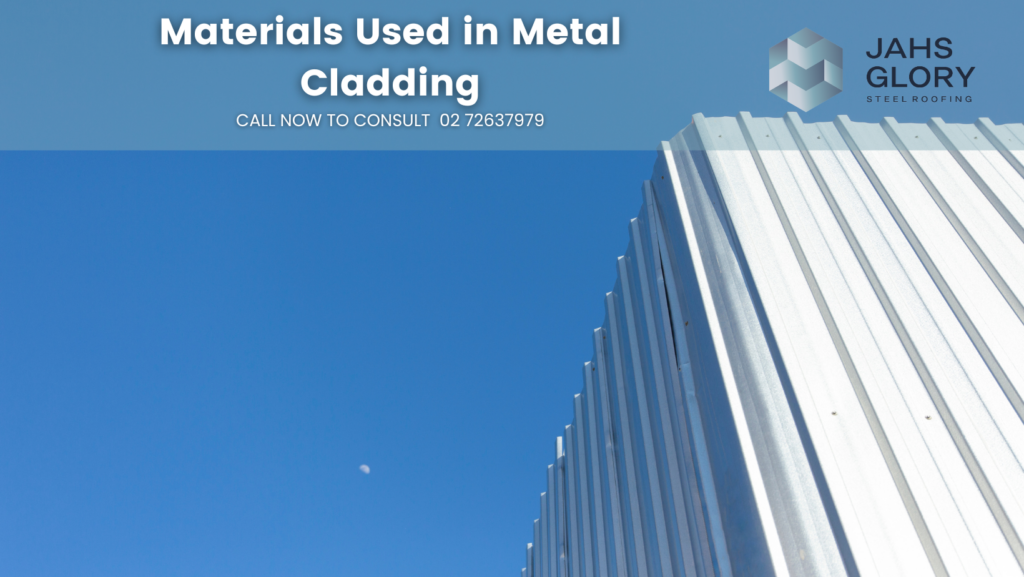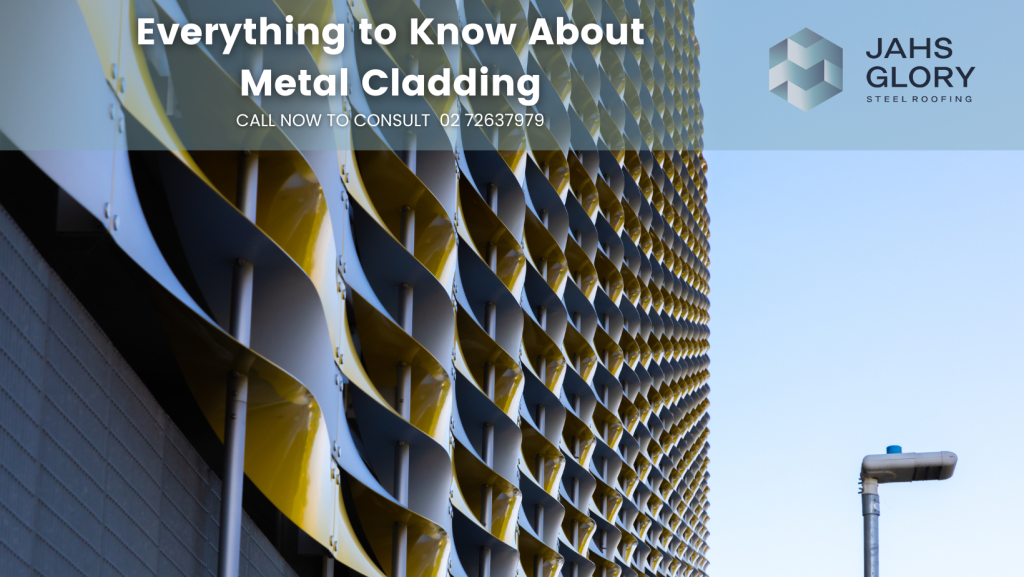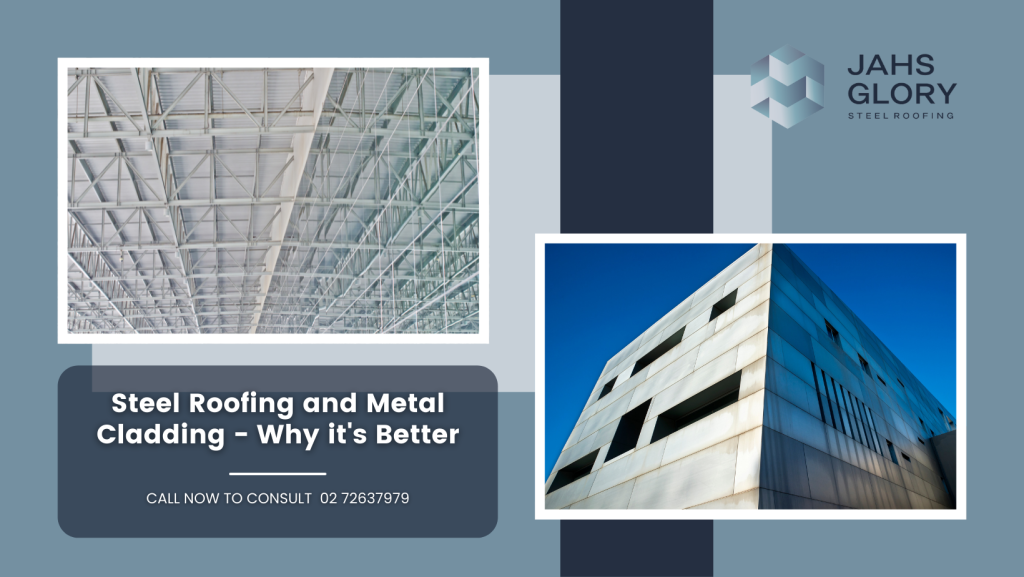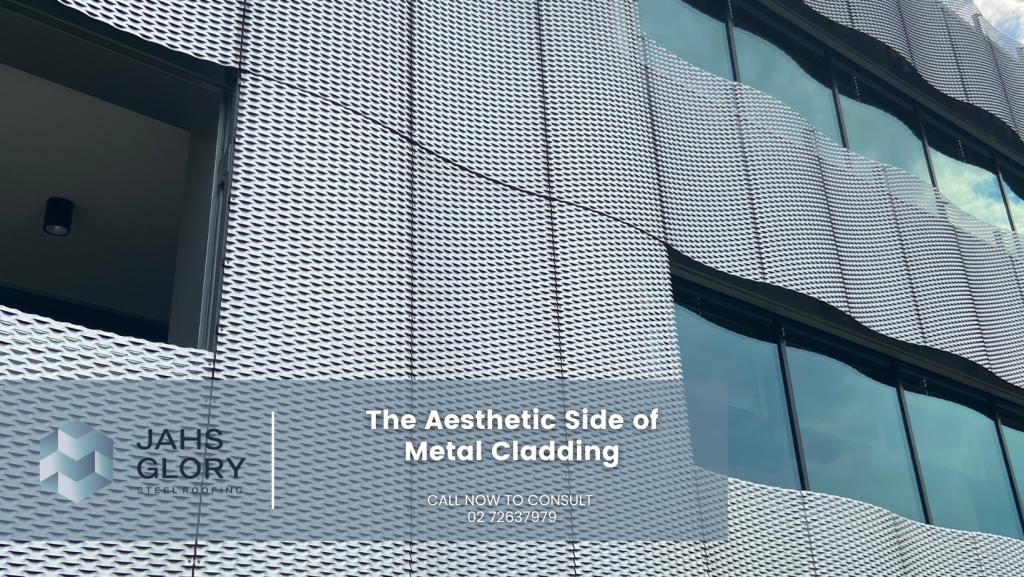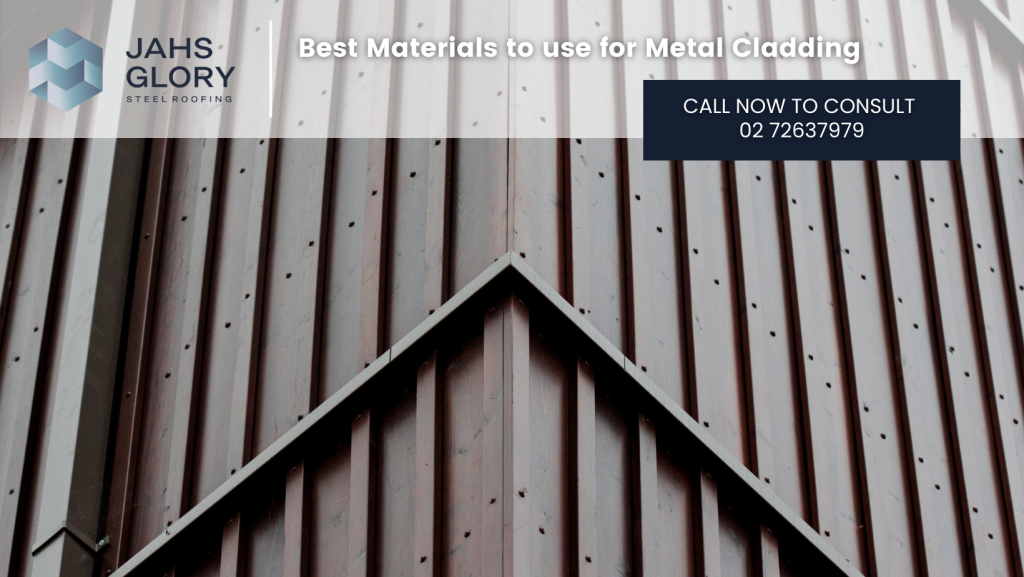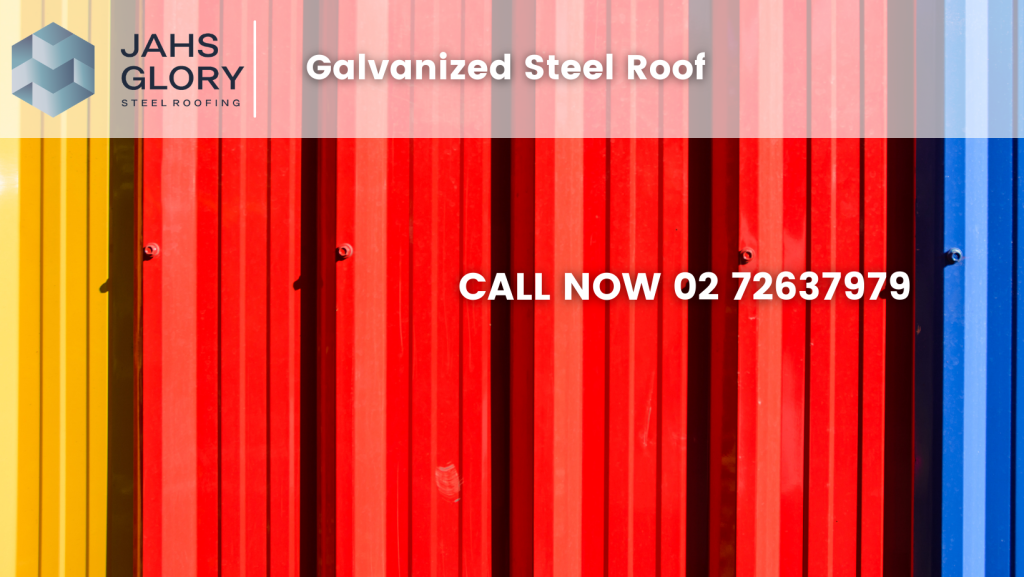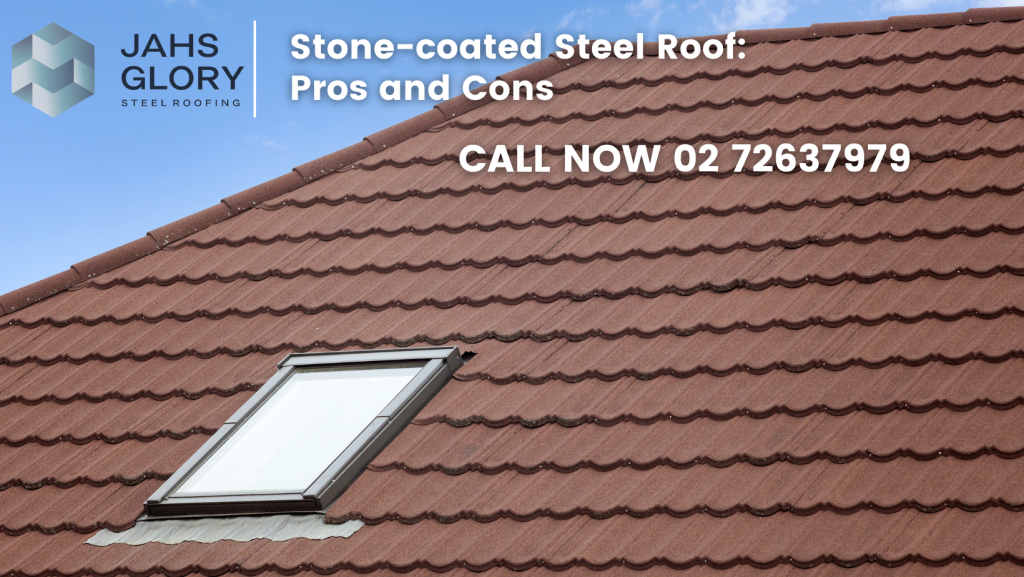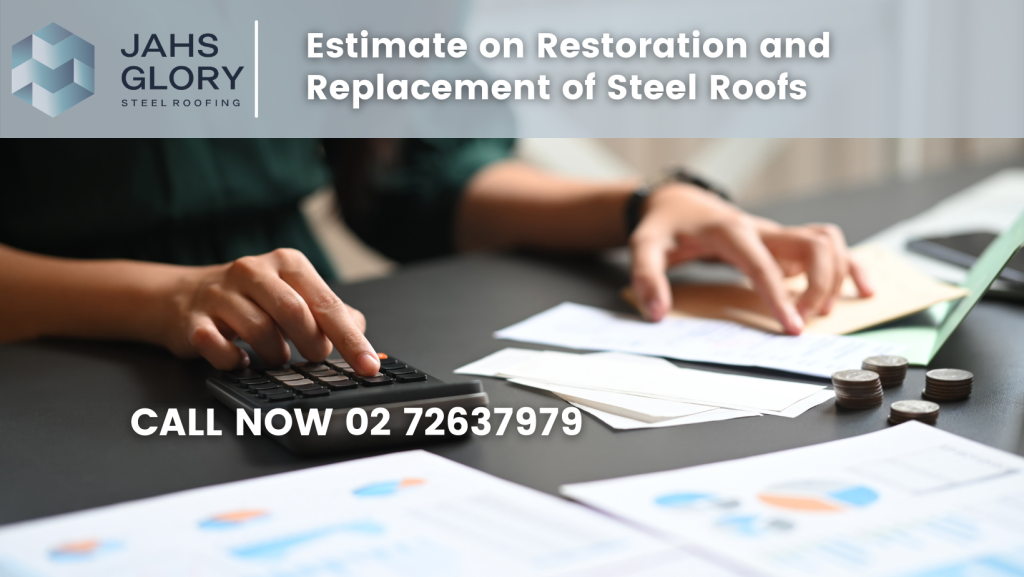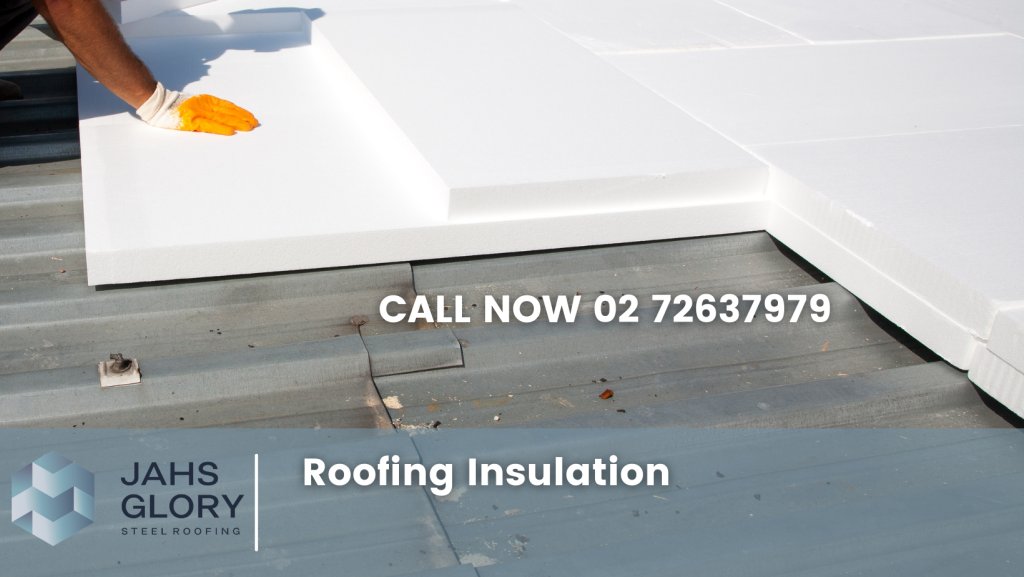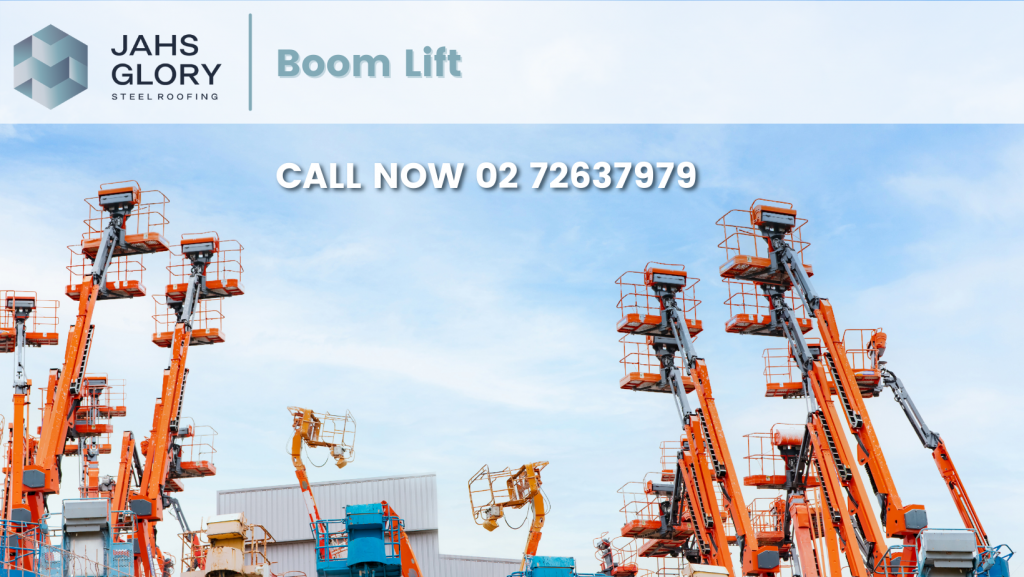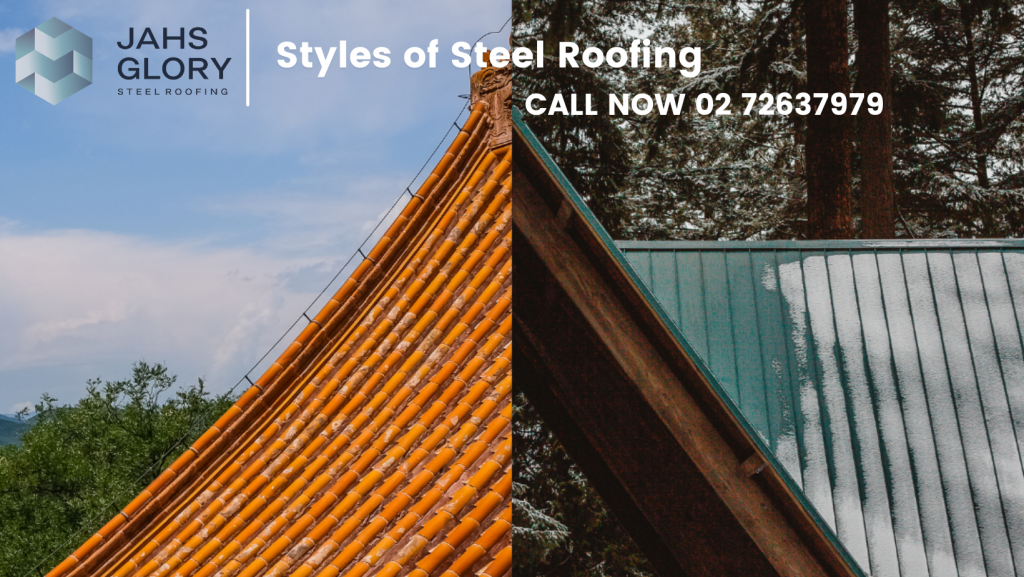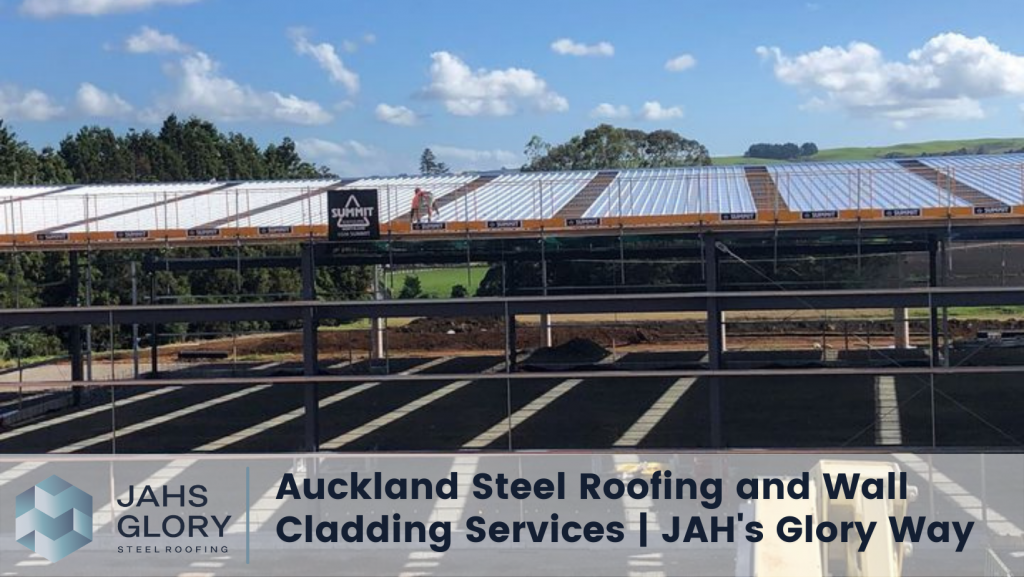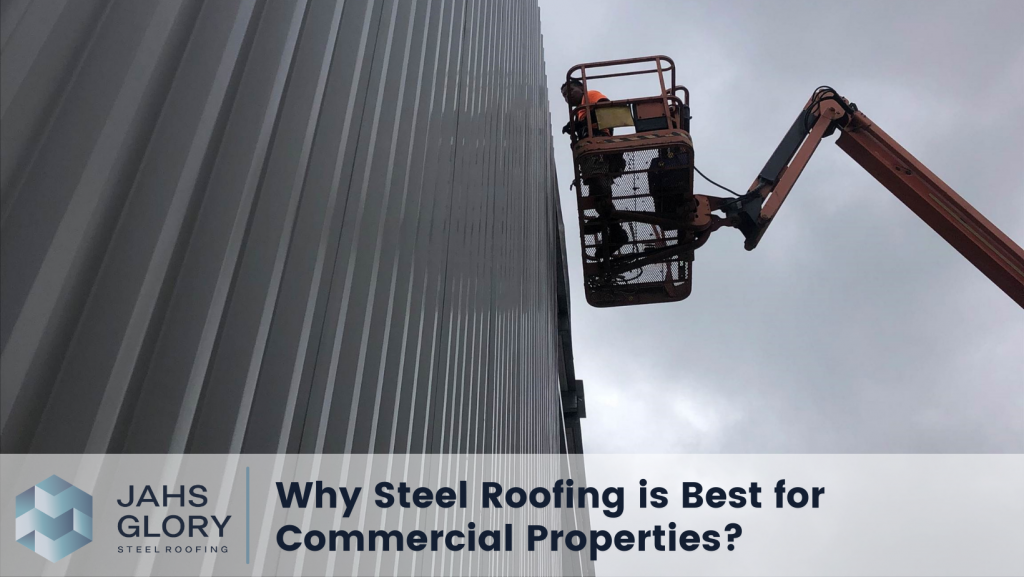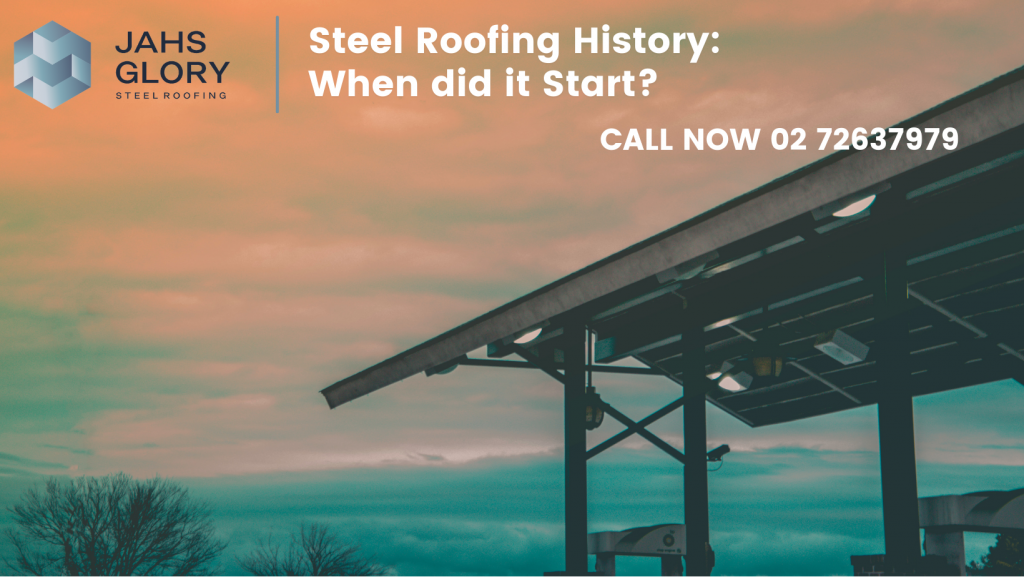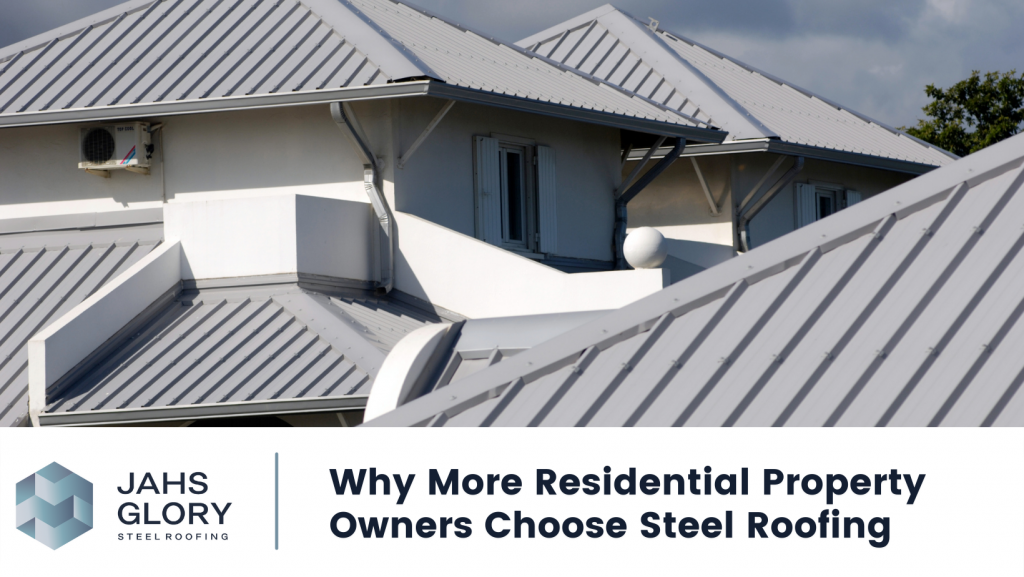In New Zealand, ensuring that metal cladding and roofing installations comply with national building codes, regulations, and standards is crucial for the safety, durability, and legal compliance of construction projects. Here’s an overview of the regulatory landscape:
Building Codes and Standards
- New Zealand Building Code (NZBC): The NZBC sets the performance standards that all construction must meet. For metal cladding and roofing, it specifies requirements for durability, external moisture, structural stability, and fire safety.
- AS/NZS 1170: This standard covers the structural design actions for buildings and structures, providing guidelines on how to ensure that metal roofing and cladding can withstand environmental loads, including wind, snow, and seismic activities.
- AS/NZS 2728: Pertains to the performance of pre-painted and resin-coated steel sheeting, ensuring that materials used for cladding and roofing meet quality and durability standards.
Compliance Documents
- Producer Statements: Often required for council consent, these documents from the designers or installers certify that the cladding or roofing has been installed according to NZ standards.
- Code Compliance Certificate (CCC): Issued by the local council, a CCC confirms that the construction complies with the approved Building Consent and the NZBC.
Environmental and Safety Regulations
- Resource Management Act (RMA) 1991: Projects must consider environmental impacts, including effects on water quality and natural landscapes. This is particularly relevant when installing metal roofing and cladding in sensitive areas.
- Health and Safety at Work Act 2015: Ensures that all construction activities, including the installation of metal cladding and roofing, are carried out safely to protect workers and the public.
Local Council Requirements
- Building Consents: Before installation, a building consent from the local council is required for most construction and alteration projects, including those involving metal cladding and roofing.
- Heritage and Special Zones: Additional considerations may be required for buildings in heritage zones or areas with specific environmental protections.
Quality Assurance
- Third-Party Certifications: Utilising materials and services that have been certified by recognised third parties can help ensure compliance with NZ standards.
- Regular Inspections: Engaging in regular inspections during and after installation can help identify and rectify any compliance issues promptly.
Conclusion
Navigating the regulatory requirements for metal cladding and roofing installations in New Zealand is complex but essential for the success and legality of your project. Ensuring compliance with the NZBC and relevant standards not only guarantees safety but also enhances the durability and performance of your construction.
Embarking on a metal cladding or roofing project in New Zealand? Jah’s Glory is here to guide you through the maze of regulations and standards, ensuring your project not only meets but exceeds compliance and safety requirements. Visit www.jahsglory.co.nz, call us at 027 263 7979, or email jerome@jahsglory.co.nz to discuss your project needs with our friendly Director, Jerome. Let’s achieve excellence in construction together!
